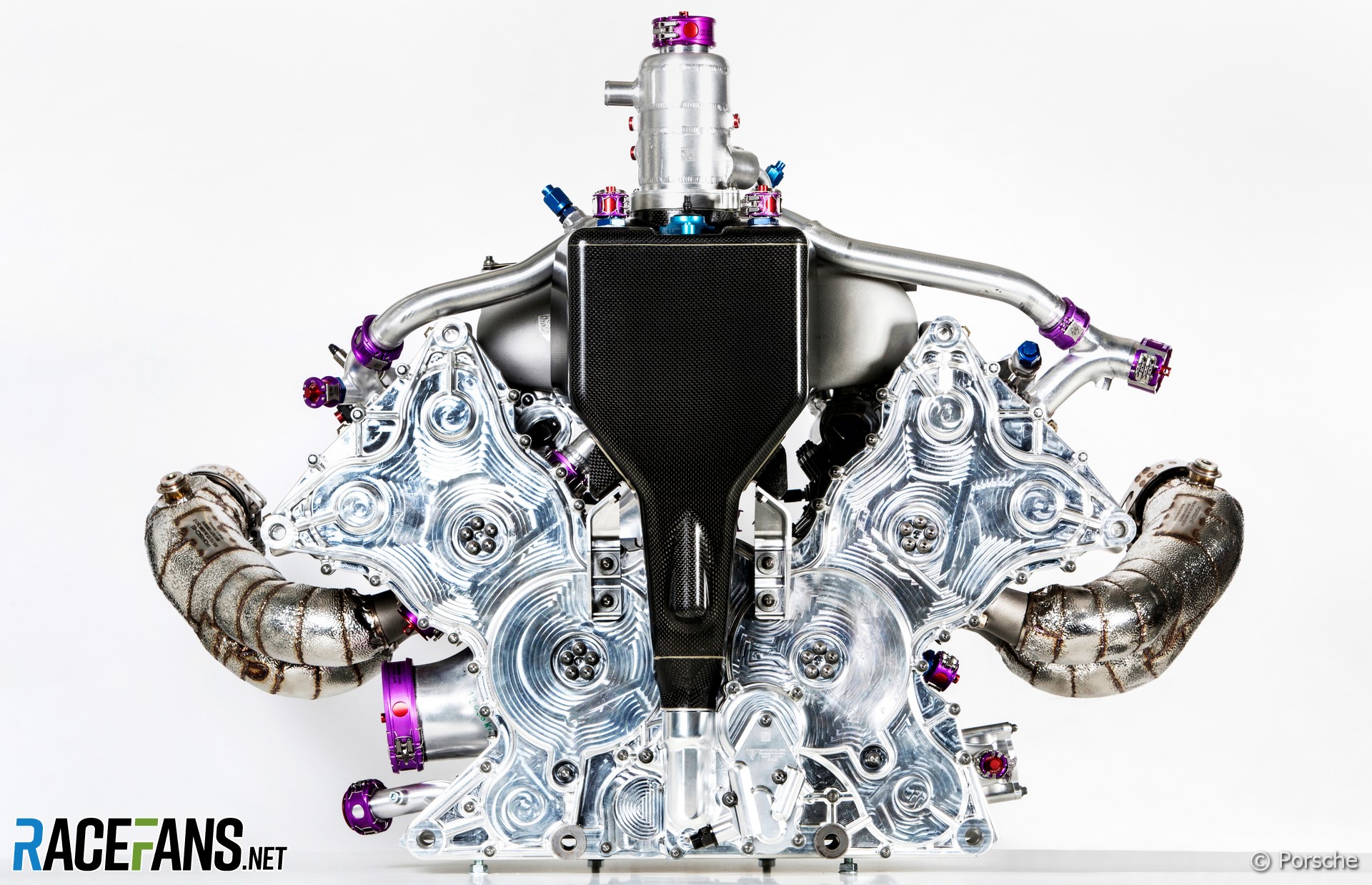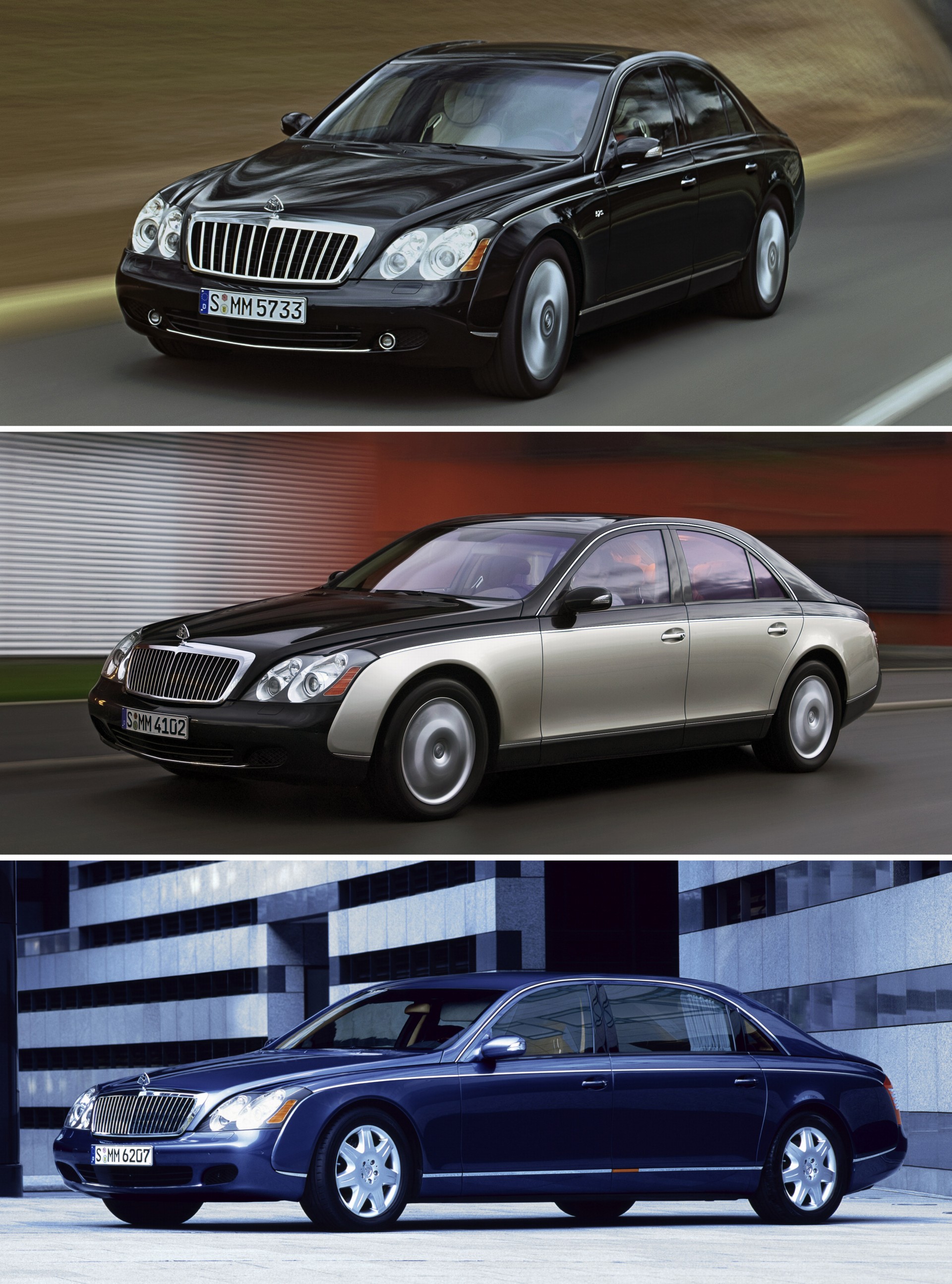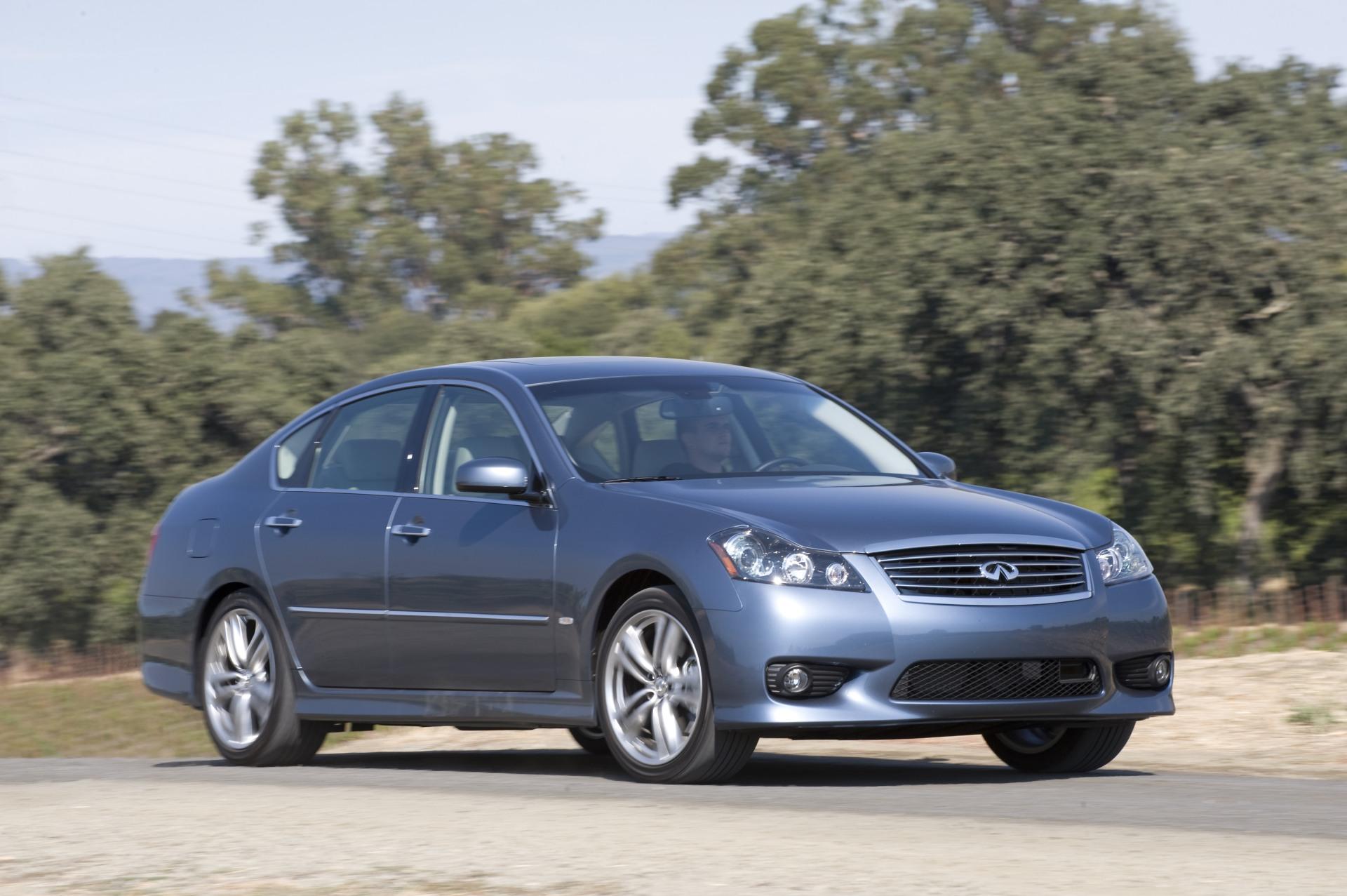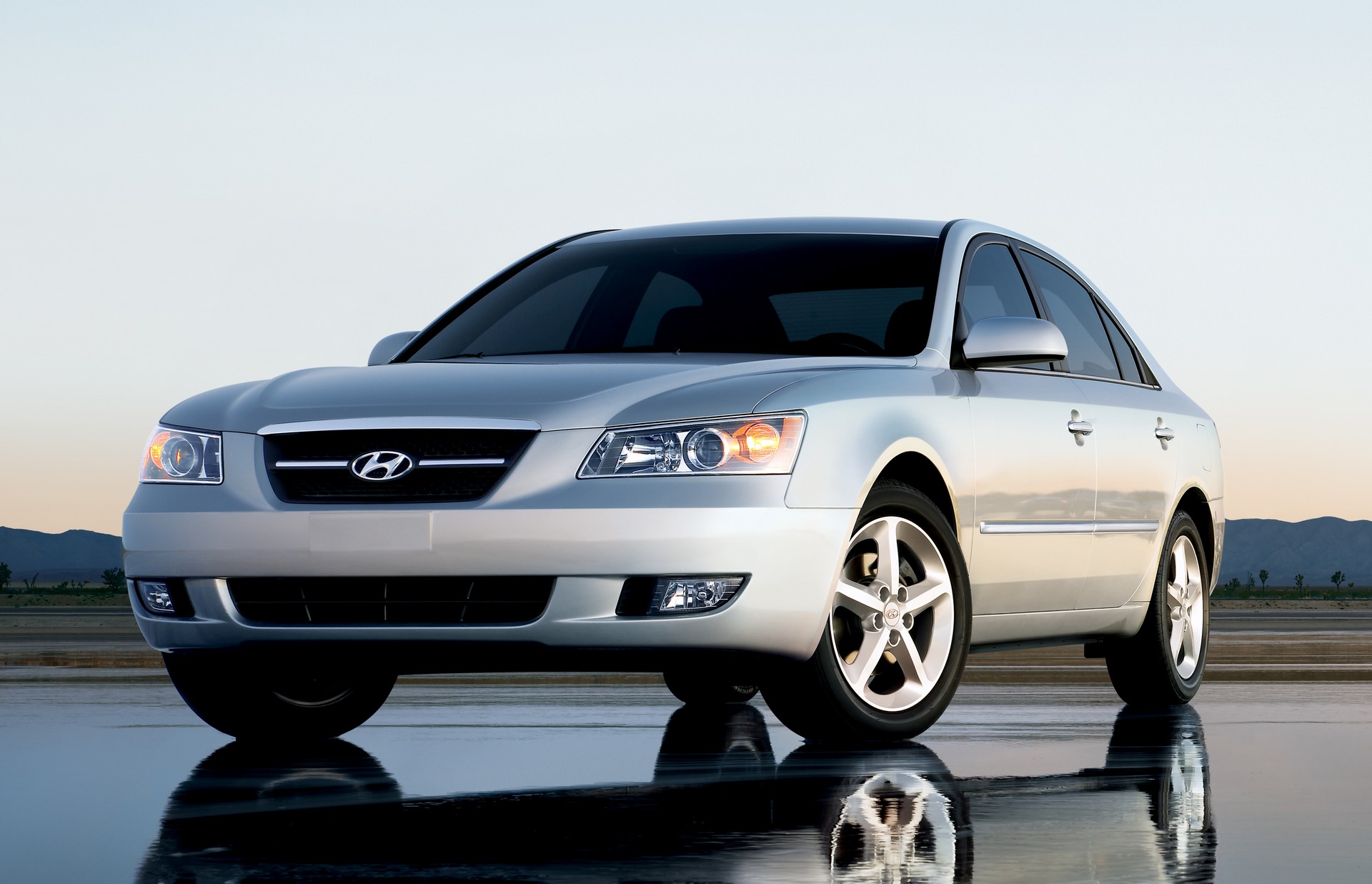Engine Manufacturers F1
F1 must continue with V6 engines say manufacturers
F1 switched V6 hybrid turbo engines in 2014 with manufacturers keen on technology transfer and synergies between the series and road cars.Since 2014 all F1 engines must be 1.6-liter V6 units with turbocharging and hybrid-electric technologies. They feature multiple energy recovery systems and have fuel flow restrictions. Despite many regulations governing specifications there is great room for design experimentation and the four engines offer varying performance modes and Ross Brawn says Formula 1 chiefs are ready to address manufacturers concerns about new engine proposals for 2021 but insists there is no going back from the push to get rid of the current turbo Formula 1 chiefs are ready to address manufacturers concerns about new engine proposals for 2021 but the push to get rid of the current turbo hybrid V6 power unit remains.While F1 s chiefs continue talks about new engine regulations for 2021 which will likely be for a twin-turbo V6 hybrid without an MGU-H there remains an appetite in some quarters to bring back
The FIA believes mistakes were made with the rules governing engine deals in Formula 1 when new regulations were introduced for 2014 the rules that engine manufacturers must supply a minimum Formula One power unit manufacturers have been told they must supply equal engines to their customer teams in a new rules clarification issued by the FIA RaceFans has learned. The sport s governing body believes some power units are being operated in a different way to others being supplied by the same manufacturer leaving the F1 Engine suppliers 2020 Who supplies engines to Formula 1 sides and why there are only four suppliers in the super-rich sport Formula 1 engines are undoubtedly the most crucial part of a Formula 1 car. However there are only 4 companies who supply the engines to the 10 present teams and 20 cars in the sport.It gives the manufacturers time to maximise the gains to their road car engines from testing the V6 in F1. This stimulates new developments due to the huge stresses that the engines are under on Community forum for F1 discussions articles polls and questions. Prev. 1 Go to page
The first was 1st March 2022 by which time the manufacturers had to freeze the ICE the V6 engine the turbo the MGU-H motor generator unit - heat the exhaust system the fuel Page 1 of 27 - 2026 F1 Power Unit merged - posted in Racing Comments F1 the FIA and the manufacturers are beginning to have talks about what the 2026 engine formula should look like with an eye toward an emphasis on sustainable fuels and on attracting new manufacturers. They really need to get this one right. So what will it look like Brawn No new manufacturers expected to join F1 The new engine formula will be the first change since the current V6 hybrid turbo power units were introduced in 2014. Following the agreement of substantially new technical regulations for 2022 originally planned for 2021 but postponed due to the pandemic the next power unit is obviously the big thing the sport must agree next Brawn told RaceFans in an exclusive interview.Ross Brawn says Formula One must decide whether it wants to continue on a steady path towards electric power or bring back the noise of high-revving internal combustion engines.The Renault Energy F1-2014 Power Unit is comprised of a 1.6-liter turbocharged V6 engine with direct injection and a 15 000 rpm redline mated to a new Energy Recovery System with two electric
The hustle and bustle between the automobile manufacturers and the Formula 1 authorities looks set to take a new twist in a few days when the car manufacturers present their plans to continue with the current 1.6 litre turbo V6 hybrid turbos but with the price being substantially reduced to aid the small teams. If I thought the same back in 2014. But this engine formula has produced the most one-sided competition in the history of F1 and due to the enormous barrier to entry of trying to engineer one of these technological masterpieces no new manufacturers want to join. The hybrid era must end for the good of F1.The sport is scheduled to introduce a new engine formula in 2026 although there have been suggestions that it could be brought forward to 2025. Mercedes have dominated the sport since the V6 turbo-hybrid power-units were brought in for the 2014 season but the cost associated with building and developing these engines remain prohibitive to new Horner has repeatedly stated his belief that the sport should return to larger naturally aspirated engines but can understand why Liberty Media may decide to continue with the V6 hybrid power units.Actually an IndyCar machine can take its twin-turbo V6 engine to speeds of 235 MPH but F1 cars will only reach 205 MPH. This is largely due to the priority that F1 puts on aero and proper downforce restricting some top-end speed. You have to remember though in this game the person with the fastest top speed doesn t always set the
Mecachrome supplies the F2 grid with engines a turbo 3.4 V6. This entire engine typically is used for the season rebuild at 8K . Each engine is sold for 67K. With the F1 cost cap remaining in place dictating how many engines to be used so no more penalties we can assume engine use of 1 engine per race perhaps even every other race.There is much talk going on at the moment in F1 circles about engine regulations for the future with a suggestion that there might be a compromise with different engines being used by different teams in 2017. This would mean a revival of the old pre-2014 normally-aspirated V8 engines with their KERS systems for the Aston Martin team boss Mike Krack says the time is right for the Silverstone-based outfit to consider building its own engine for F1 s future power unit regulations. F1 s is set to introduce a new engine platform at the beginning of the 2026 season. The future regulations will retain the current 1.6-litre V6 hybrid format but will increase the The cars currently run on fuel containing 5.75 bio components. It s all part of F1 s mission to go green. In 2022 the golden standard will be 10 biofuel. The ethanol must be a second-generation The IndyCar Series will continue running the same engines each of the next two seasons. It also will work with the same two engine manufacturers Chevrolet and Honda into the foreseeable future.
Answer 1 of 3 The heart of the car the engine is designed on the fundamental principles of Thermodynamics the concepts of which describe the interaction and transformation of different kinds of energy. However in recent years there have not been significant changes or innovations made as faAnswer 1 of 2 The only regulations in the early 50s concerned engine displacement everything else including weight shape size etc. was fair game. Therefore all the different models of cars on the grid would have weighed different amounts. However as an example the 1951 Alfa Romeo 158 what engines do f1 cars use 2021 what engines do f1 cars use 2021
Formula 1 Engines All you need to know about F1 car

Will F1 commit to radical new engines That depends on new

Engine builders finally conquer profit

F1 ENGINE Explained Simply And Beautifully By THE MASTER
Listen to a Supercharged BRM V-16 from the 1950s The Drive

F1 Engine Size - FIA Formula One Live Streaming
F1 Car Engine

Developing Porsche s Greatest F1 Engine
Formula 1 Engine pics - Page 2 - Team-BHP

Misc. Racing Engine Pics - Pelican Parts Forums
2007 Maybach 62 Pictures History Value Research News

2009 Infiniti M News and Information conceptcarz.com

1899 Oldsmobile Electric conceptcarz.com

2007 Renault Koleos Concept conceptcarz.com

Roden Fokker Dr.1 Triplane 1 32 - build review - Scale

1947 Pontiac Streamliner conceptcarz.com

2008 Hyundai Sonata News and Information conceptcarz.com
